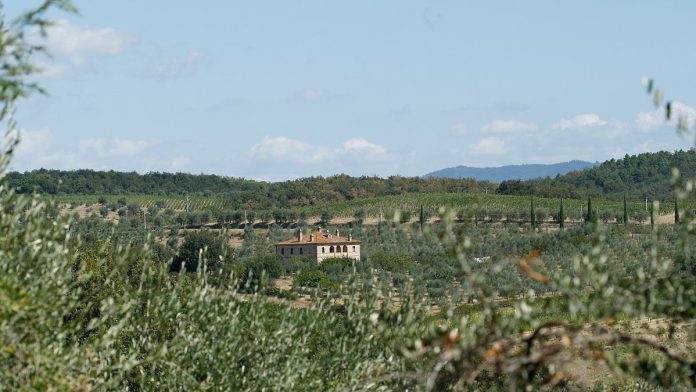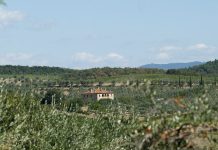Make your accommodation not only a spot to sleep but a fundamental a part of your European holiday experience.
Travellers are increasingly veering away from using Airbnb amid concerns over outpricing locals. But they’re also in search of something more memorable than an anonymous hotel room.
Luckily, throughout Europe, you’ll find unique, traditional properties that may shape your holiday experience.
In Italy, you may calm down on countryside farms where your breakfast comes directly from the encircling land, while in Germany, you may sip an area brew in a beer garden before turning in for the night in a gasthof.
Listed below are six forms of traditional accommodation to look out for in Europe.
Italy’s agriturismi are rural retreats
Italy’s agriturismi have gained popularity with international travellers in recent a long time, becoming a favorite accommodation option when in small towns or rural areas.
Most of those structures are independently-owned farms which have only a small portion dedicated to hospitality.
Travellers can expect rustic stone buildings and cosy interiors surrounded by farmland and livestock.
Breakfasts – and informal dinners, if offered – consist of produce from the farm, resembling eggs, vegetables, and olive oil.
Agriturismi are the best accommodation option if you happen to’re keen to explore Italy’s countryside, need a peaceful retreat away from the cities, or are searching for space for youngsters to roam in safely.
Britain’s inns offer a comfy night’s stay
If you could have driven or walked around Britain’s countryside, you’ll likely have spotted dozens of whitewashed stone inns along the roadside.
These are a historic hospitality option – you may stay in some that claim up to now back as early because the eleventh century – that originally would have provided lodging and food for travellers on horseback or riding in carriages.
A whole lot are still operating across the UK offering basic and inexpensive accommodation.
Their real charm, though, is the pub downstairs. You possibly can often enjoy local beers on tap and hearty British dishes – resembling steak pies and fish and chips.
Inns don’t are likely to have much in the way in which of other facilities – unlike hotels that may offer spas or gyms – but they’re an excellent option as a one-night stopover while travelling across the country.
Live the French countryside fantasy in a gîte
Gîtes are holiday rental properties within the French countryside that are likely to be good value.
Often, they can be a renovated rural home, farm or barn conversion with self-catering facilities – think honey-hued stone, pale blue shutters, and a table under a vine-covered cover for lazy summer lunches.
This sort of accommodation is tailor-made for every part from a solo digital detox retreat to a romantic couple’s getaway or every week of family fun.
Many accept pets – and a few even have private pools!
Rest up in a rifugio while mountain climbing within the Italian Alps
The mountains of Italy, including the Alps and the Apennines, are dotted with structures often called rifugi.
These range from tiny stone huts with easy dormitories to chalets with bars and restaurants.
You’ll find rifugi along dozens of popular mountain climbing routes. Some are also accessible via cable automotive.
Rifugi are a perfect alternative for travellers who want awe-inspiring views, mountain dishes of roasted pork hock or bread dumplings called canederli, and low cost but cheerful accommodation for the night.
Benefit from the beer garden in a German gasthof
In villages, small towns, and quieter neighbourhoods of cities in Germany, travellers can stay the night in a gasthof or gasthaus.
These establishments offer no-fuss accommodation, homely wood interiors, and a family feel.
The highlight of spending an evening in a gasthof is undoubtedly eating within the restaurants or beer gardens on-site, where you’ll likely find classic dishes and regional specialities like schnitzel and bratwurst.
Paradores offer prime views of cities and nature in Spain
Should you like accommodation with a little bit of a backstory, look out for a parador when in Spain.
There are currently almost 100 of those structures across the country, with over half positioned in historic buildings. Others are present in natural spaces like national parks with panoramic views.
They’re state-run, with the primary parador being established in 1928.
Probably the most renowned paradores is the Hostal de los Reyes Catolicos in Santiago de Compostela, which was built as a hostelry and hospital for pilgrims initially of the sixteenth century.
Unlock the world’s wonders with unforgettable journeys tailored just for you! Whether you crave sun-kissed beaches, thrilling adventures, or rich cultural escapes, your dream destination awaits. Enjoy seamless travel with expert tips, exclusive deals, and handpicked experiences that Turn Every Trip into a lifetime memory.










